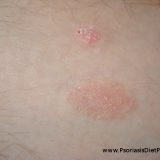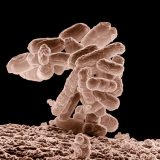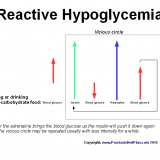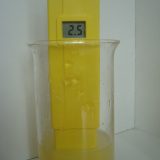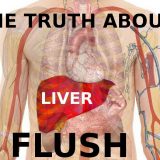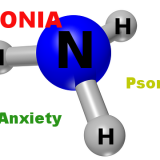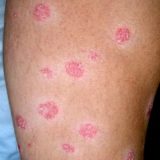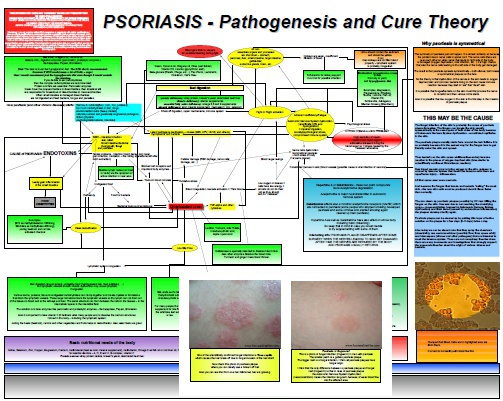Glucose Levels In the Blood From Psoriasis Plaques
The fact that psoriasis is linked with the insulin resistance is well known.[22] Personally I have noticed that the circles around my psoriasis plaques are so constricted that skin around them looks very pale compared to normal skin. Those pale circles of the adjacent skin around the psoriasis plaques are called the Woronoff rings. One study concluded that the injection of prostaglandin E2 about 1 cm from the Woronoff ring caused the redness of the ring. The prostaglandin E2 directly…


